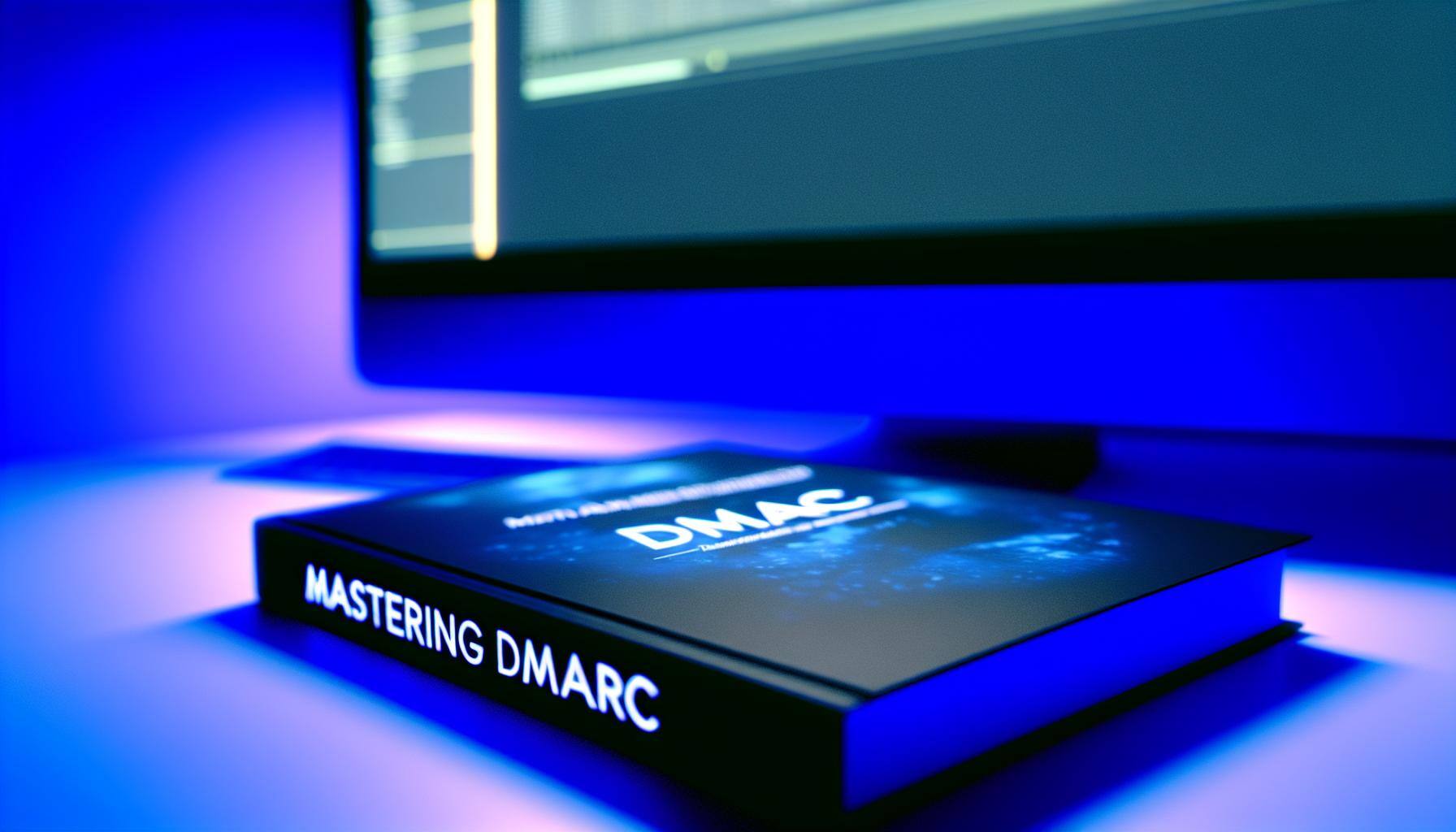Enhance your email security with the power of DMARC to protect against fraud and phishing attacks.
Understanding DMARC and Its Role in Email Security
DMARC (Domain-based Message Authentication, Reporting, and Conformance) is a vital protocol in email security, helping domain owners defend against email spoofing and phishing. By implementing DMARC, organizations can authorize legitimate senders and prevent unauthorized emails, reducing the risk of email fraud.
The significance of DMARC in email security cannot be overstated. It complements existing protocols like SPF and DKIM to offer a comprehensive email authentication solution. Implementing DMARC not only safeguards your brand’s reputation but also bolsters the security of your email communications.
Setting Up DMARC: A Step-by-Step Guide
Setting up DMARC involves configuring SPF and DKIM for your domain. SPF specifies authorized mail servers in a DNS TXT record, while DKIM adds digital signatures to emails for verification. Once SPF and DKIM are set up, add a DMARC TXT record to your DNS to define policies for handling emails that fail authentication. Start with a ‘none’ policy for monitoring before progressing to ‘quarantine’ or ‘reject’ policies for enhanced protection. Regularly analyze DMARC reports to optimize your settings and strengthen email security.
Analyzing DMARC Reports: Insights and Impact
Recipient mail servers generate DMARC reports for domain owners, detailing email authentication results. Analyzing these reports helps identify issues in your setup, such as failed SPF or DKIM checks, enabling corrective actions to be taken. Monitoring DMARC reports is crucial for detecting unauthorized email use and maintaining robust email security.
Various tools, including Mailspike.io, aid in DMARC analysis.
Common Challenges and Solutions in DMARC Implementation
Challenges in DMARC implementation include configuring all legitimate senders with SPF and DKIM, especially for organizations with multiple third-party providers. Maintaining sender lists and ensuring compliance with authentication policies is essential. Interpreting complex DMARC reports can be simplified with analysis tools, and transitioning to stricter policies should be gradual to avoid disruptions. Communication with stakeholders and continuous monitoring are key to successful DMARC implementation.
Advanced DMARC Strategies for Enhanced Email Protection
Advanced DMARC strategies like alignment and BIMI (Brand Indicators for Message Identification) offer heightened email security. Alignment ensures consistency in domain usage across SPF, DKIM, and email headers, reducing spoofing risks. BIMI displays brand logos in supported email clients, enhancing brand recognition and trust. Implementing these strategies not only boosts email security but also elevates brand visibility and reputation.



